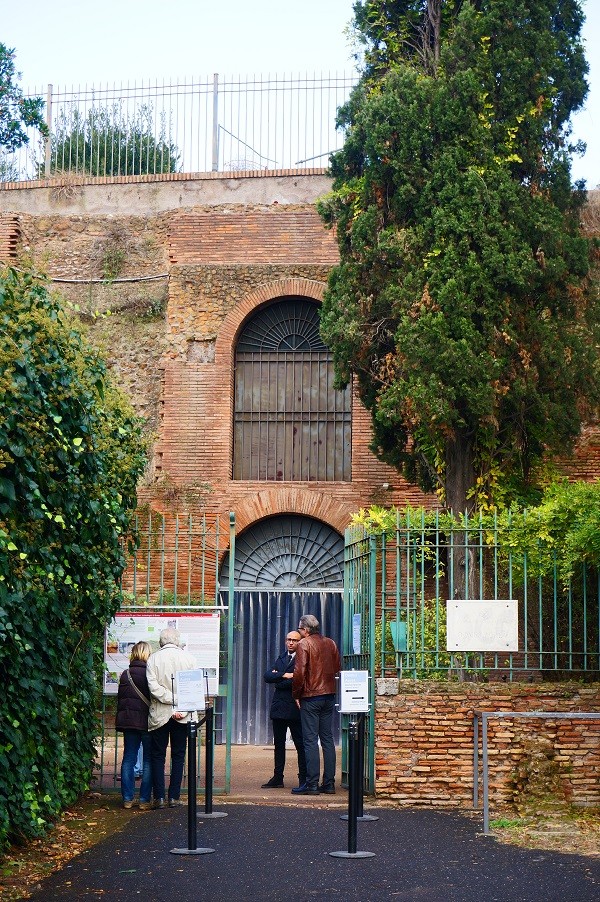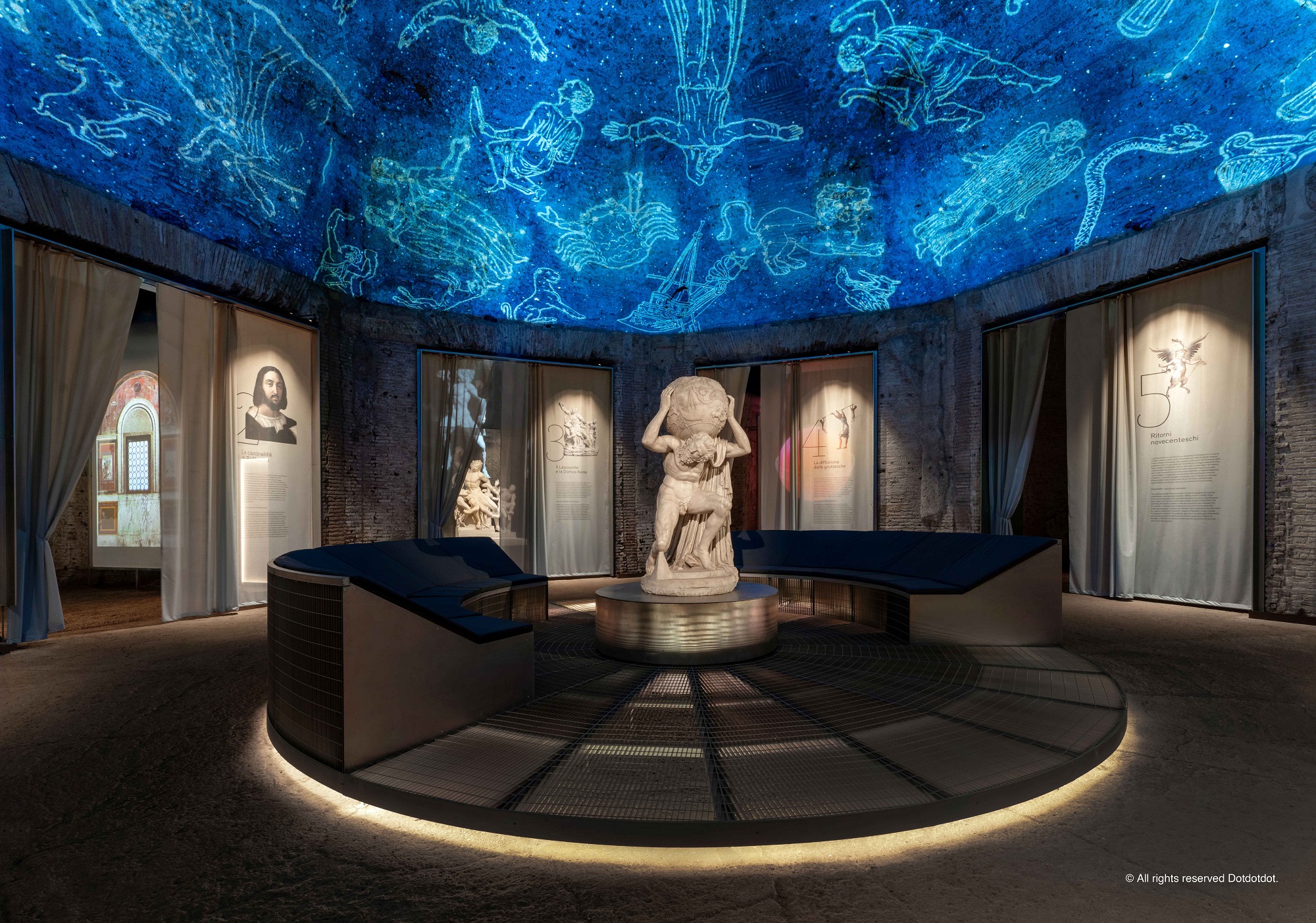
The overall idea is to evoke the concept of rus in urbe (or ‘countryside in the city’) that underlies the Domus Aurea’s original design – that of a vast country villa made up of separate but linked porticoed pavilions with inner courtyards, exedrae, nymphaea, pools, and fountains, complete with groves of trees, vineyards, an artificial lake, and even pastures with grazing animals, right in the densely populated urban heart of the empire. With straight avenues crossed at right angles by little paths, the new garden will also echo ancient Roman gardens as they were described by Latin writers Columella (AD 4-c.70) and Pliny the Elder (AD 23/24-79).

The archaeologists are working to replace the existing gardens at a level more than 10 feet above where they are now, with a subsurface infrastructure designed to seal off the underground architecture from moisture and to regulate temperature and humidity. ‘We have had to map and then remove existing trees that are causing the most damage, while documenting the entire excavation phase in detail… We can’t just dismantle the garden without taking precautions or we will destroy the palace’s frescoed walls, which have managed to adapt and stay standing over the centuries.’

‘We are far from any effective solution,’ says Fedora Filippi, the retired archaeologist formerly responsible for the excavations.

It is painstaking work – and, for it to be successful, it is also necessary physically to decrease the sheer volume of the park, whose weight increases by up to 30% in the rain, by more than half. Archaeologists are clearing an increasing number of underground spaces, and tackling the problems of conservation and public access removing salts, mineral deposits, fungal growths, and pollutants that are destroying the wall paintings and trying to reattach the topmost painted layers of the frescoes to the underlying surfaces from which they have become separated. In recent years, a vast programme of reclamation by the Archaeological Superintendency of Rome was set up at the Domus Aurea and is currently under way.
#The domus aurea cracked#
In their search for the minerals that abound in ancient mortar, the roots of plants had cracked the remaining floors of Trajan’s Baths, infiltrating the opus signinum (pieces of pottery or brick mixed with lime and sand used as mortar) that held them together. These developments were disastrous for the ruins, however, and for the gloriously painted and stuccoed rooms surviving beneath. In later years, the park was enlarged, serving as a backdrop for the celebrations held on 21 April 1936 to mark the legendary founding of Rome on the same date in 753 BC. Now such great light and such fine art returns.’ (Anonymous poet, c.1530)īack on the original site of the Domus Aurea, a large public park was created in 1871, incorporating the ruins of the ancient baths built by Emperors Titus and Trajan. ‘Rome the receptacle of all shining genius,įrom whose grottoes where the sun never shines, This poem served as an introduction for a group of etchings with grotesques, attributed to the Master of the Die (fl. AD 54-68): the fabled Domus Aurea, the ‘Golden House’, sprawling over the Oppian Hill. This was the sumptuous private retreat of Emperor Nero (r.

Visitors to Rome taking selfies next to the Colosseum are often unaware they are standing where once there was a large man-made lake and a marvellous garden, overlooked by a magnificent pillared pavilion, whose gilded decoration shone in the sunlight. He approved of it only so much as to say that he could finally begin to live like a human being. In other parts of the house, everything was covered in gold and adorned with jewels and mother-of-pearl dining rooms with fretted ceilings whose ivory panels could be turned so that flowers or perfumes from pipes were sprinkled down from above the main hall of the dining rooms was round, and it would turn constantly day and night like the Heavens there were baths, flowing with seawater and with the sulphur springs of the Albula when he dedicated this house, that had been completed in this manner, It was a house whose size and elegance these details should be sufficient to relate: its courtyard was so large that a 120-foot colossal statue of the emperor himself stood there it was so spacious that it had a mile-long triple portico also there was a pool of water like a sea, that was surrounded by buildings which gave it the appearance of cities and besides that, various rural tracts of land with vineyards, cornfields, pastures, and forests, teeming with every kind of animal both wild and domesticated. In no other matter did he act more wastefully than in building a house that stretched from the Palatine to the Esquiline Hill, which he originally named ‘Transitoria’, but when soon afterwards it was destroyed by fire and rebuilt he called it ‘Aurea’.


 0 kommentar(er)
0 kommentar(er)
